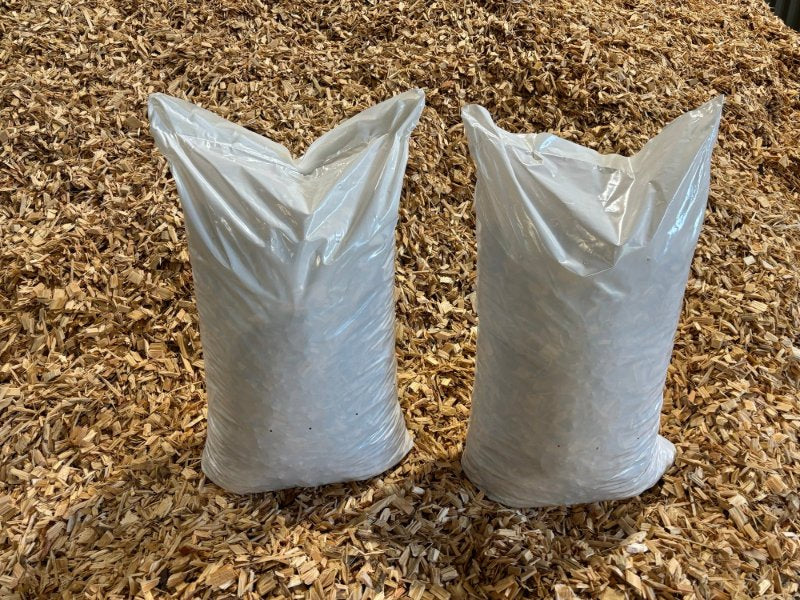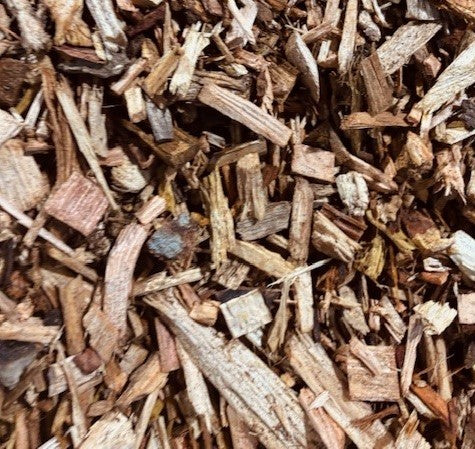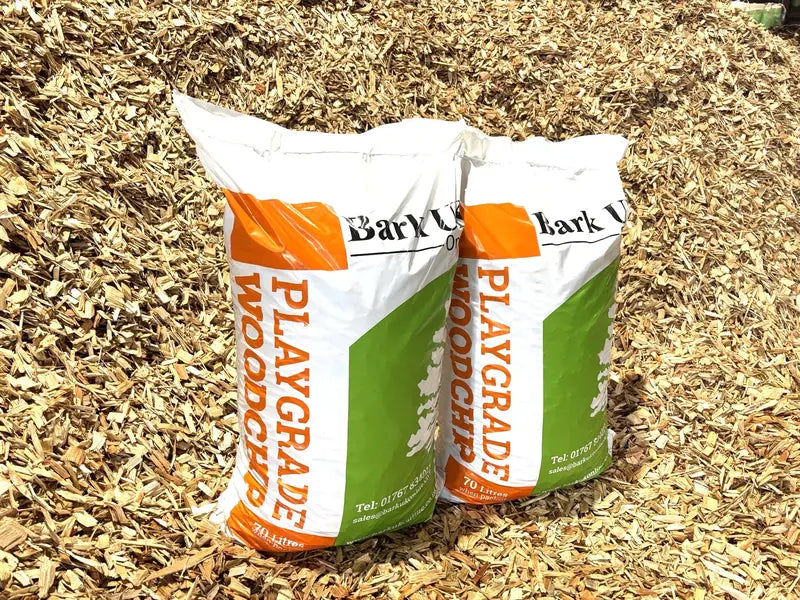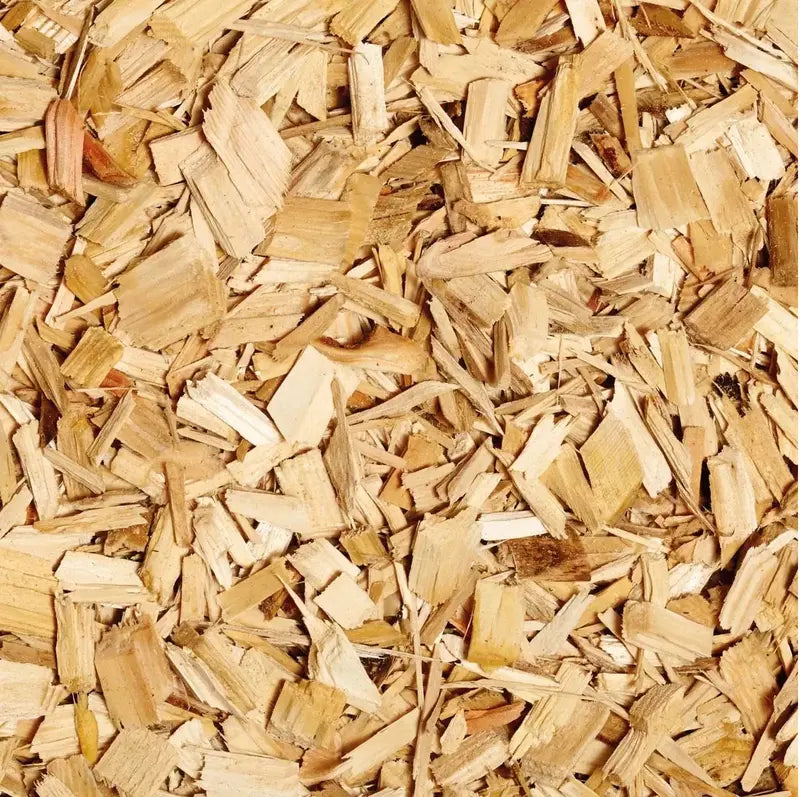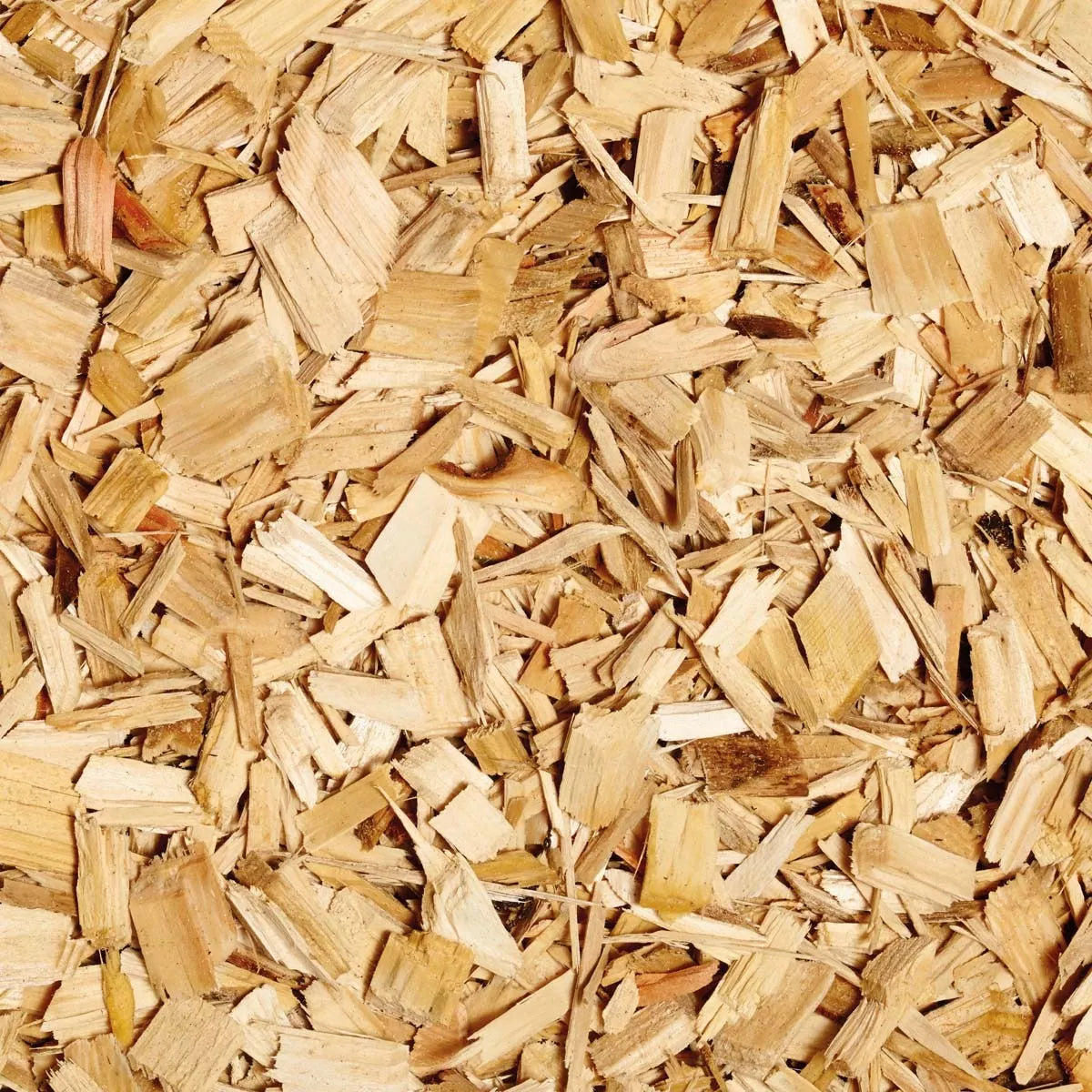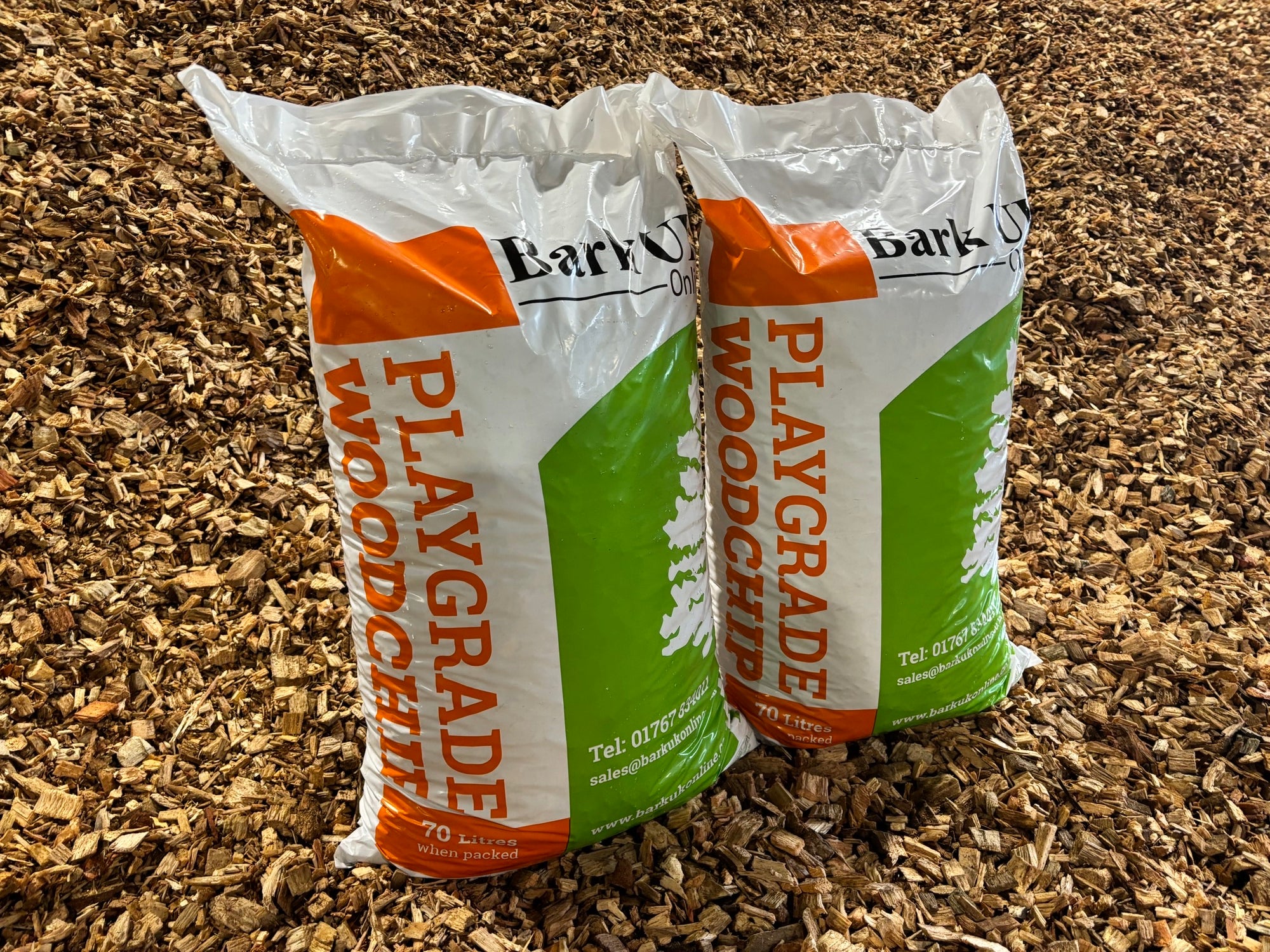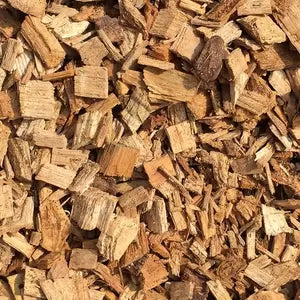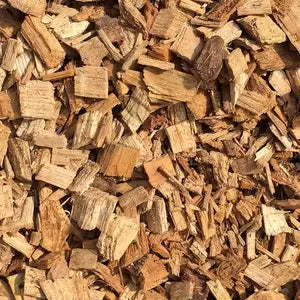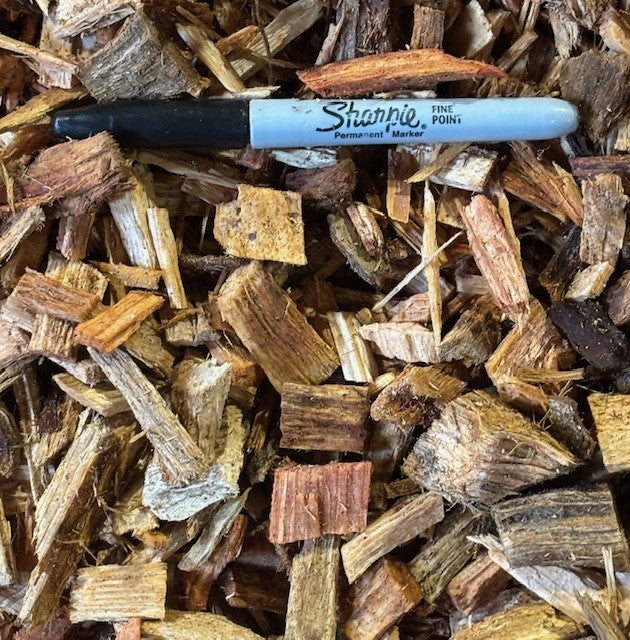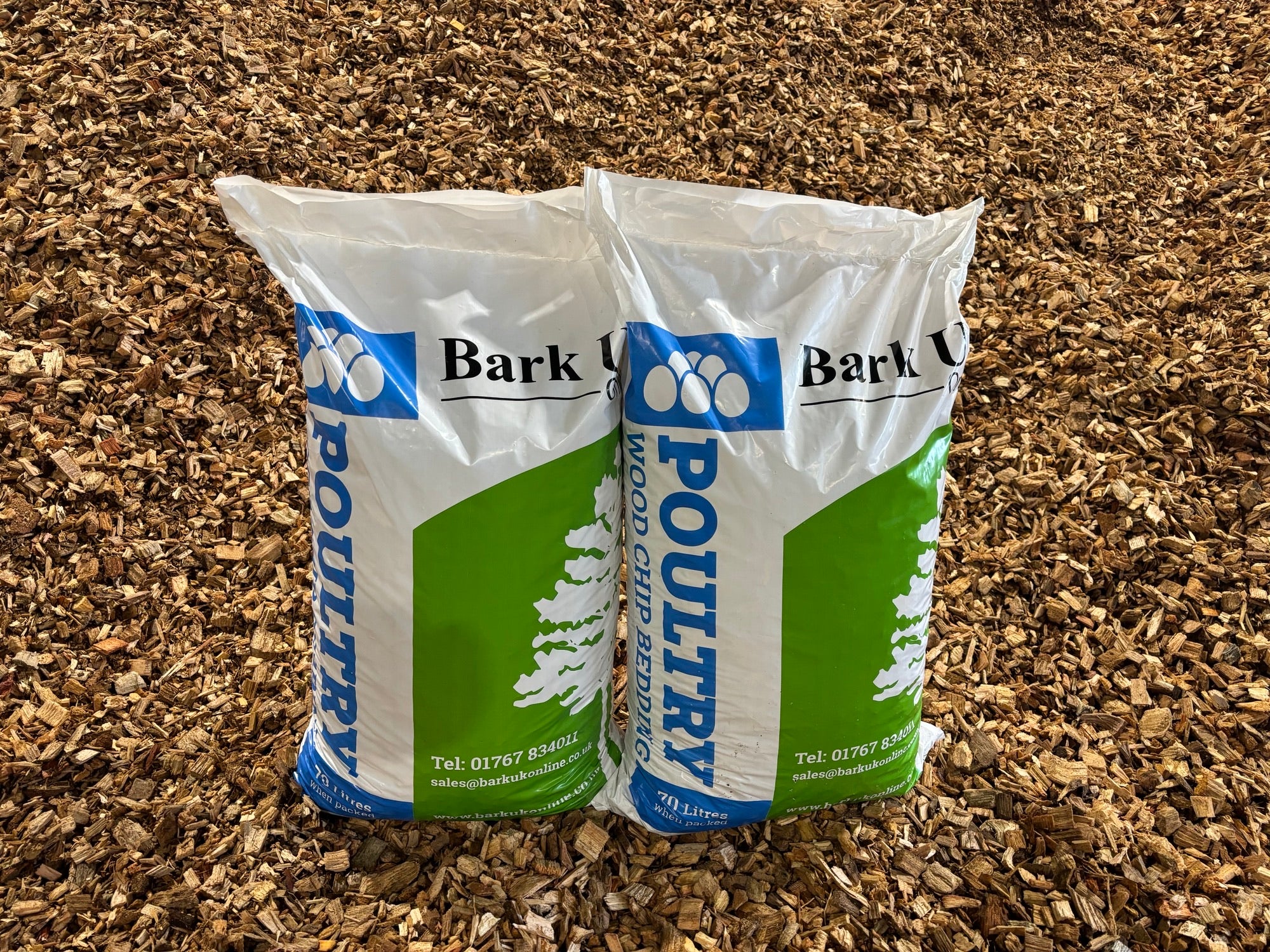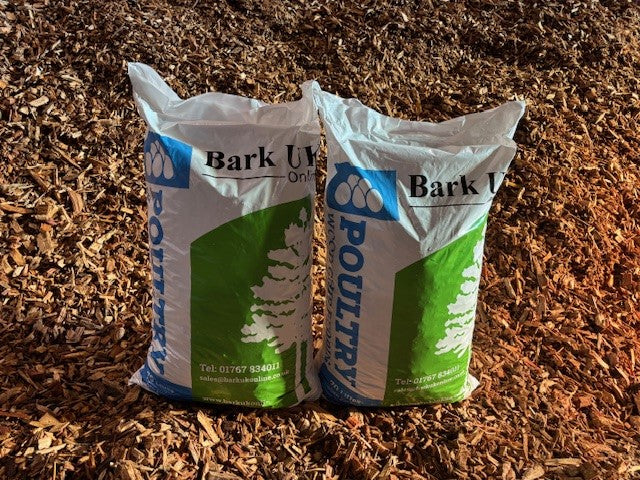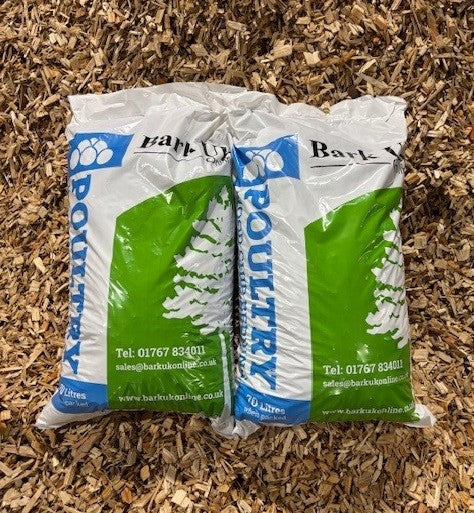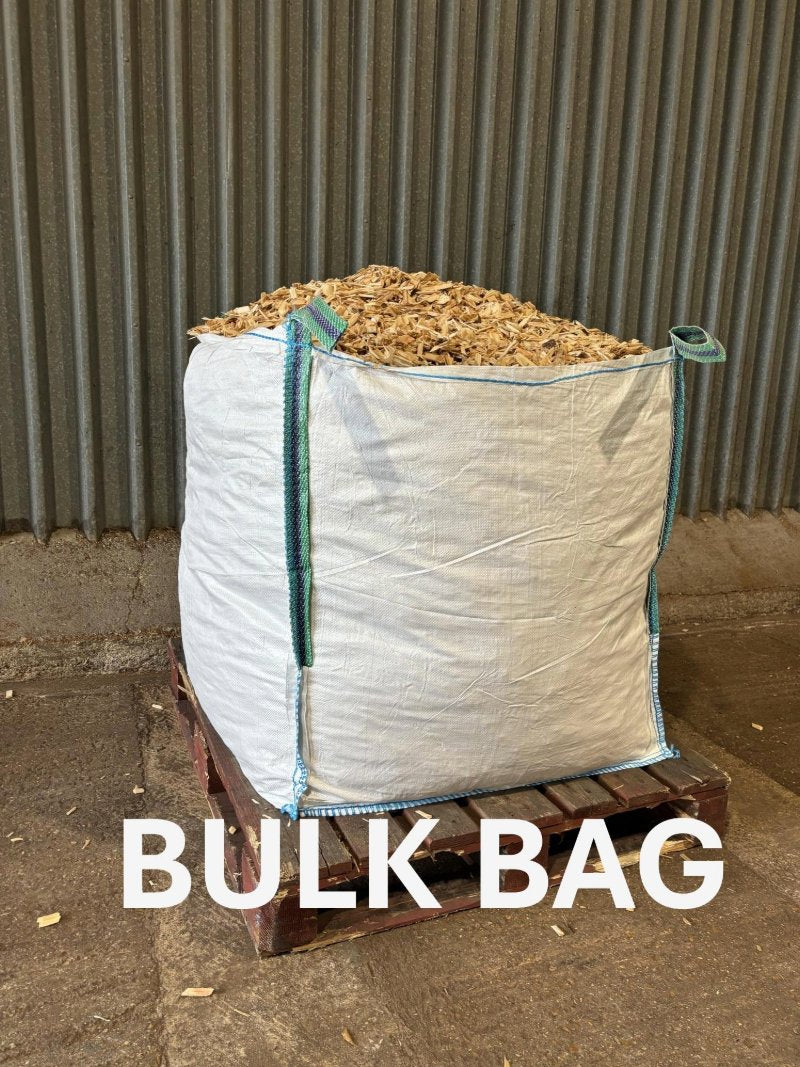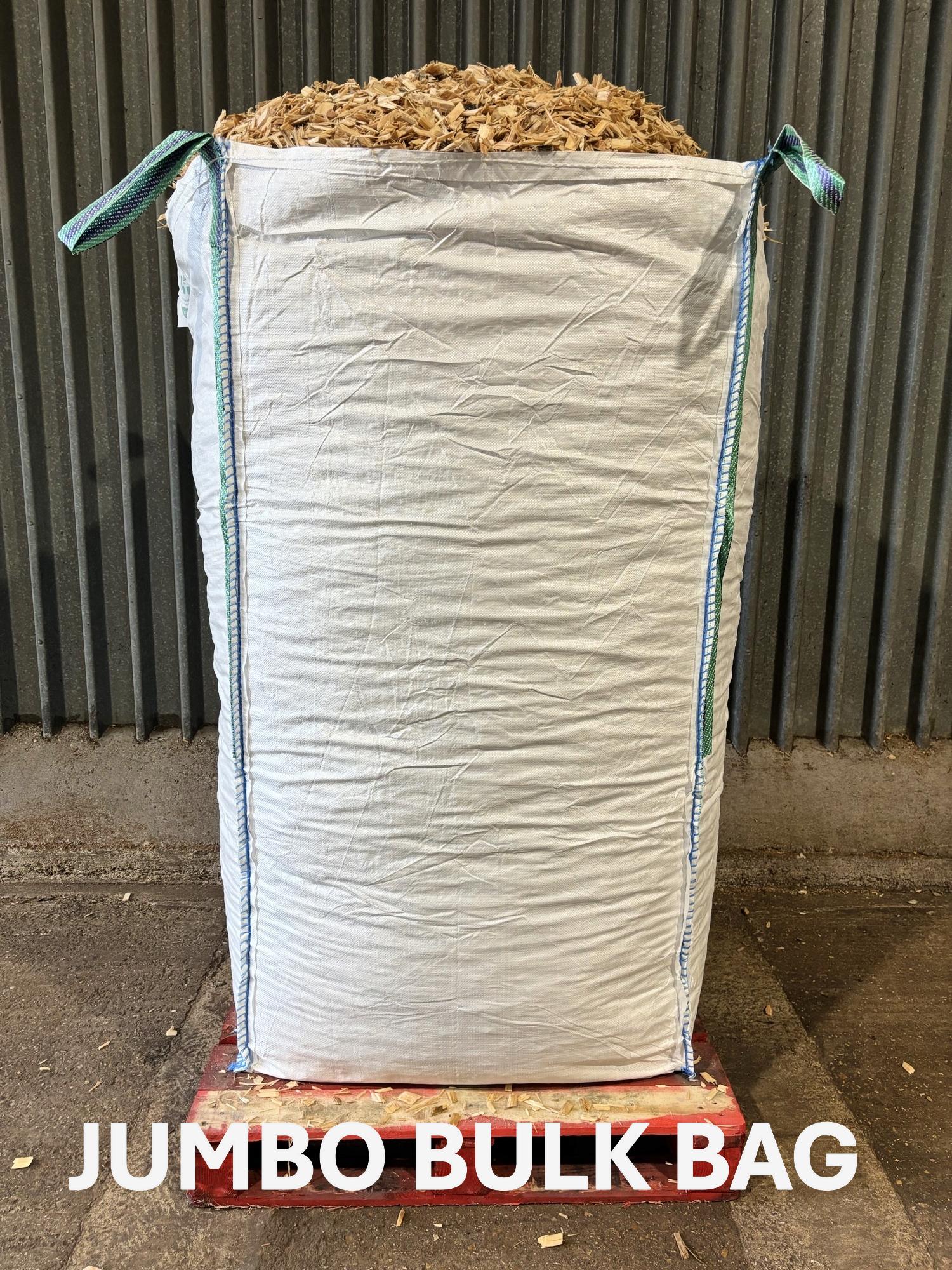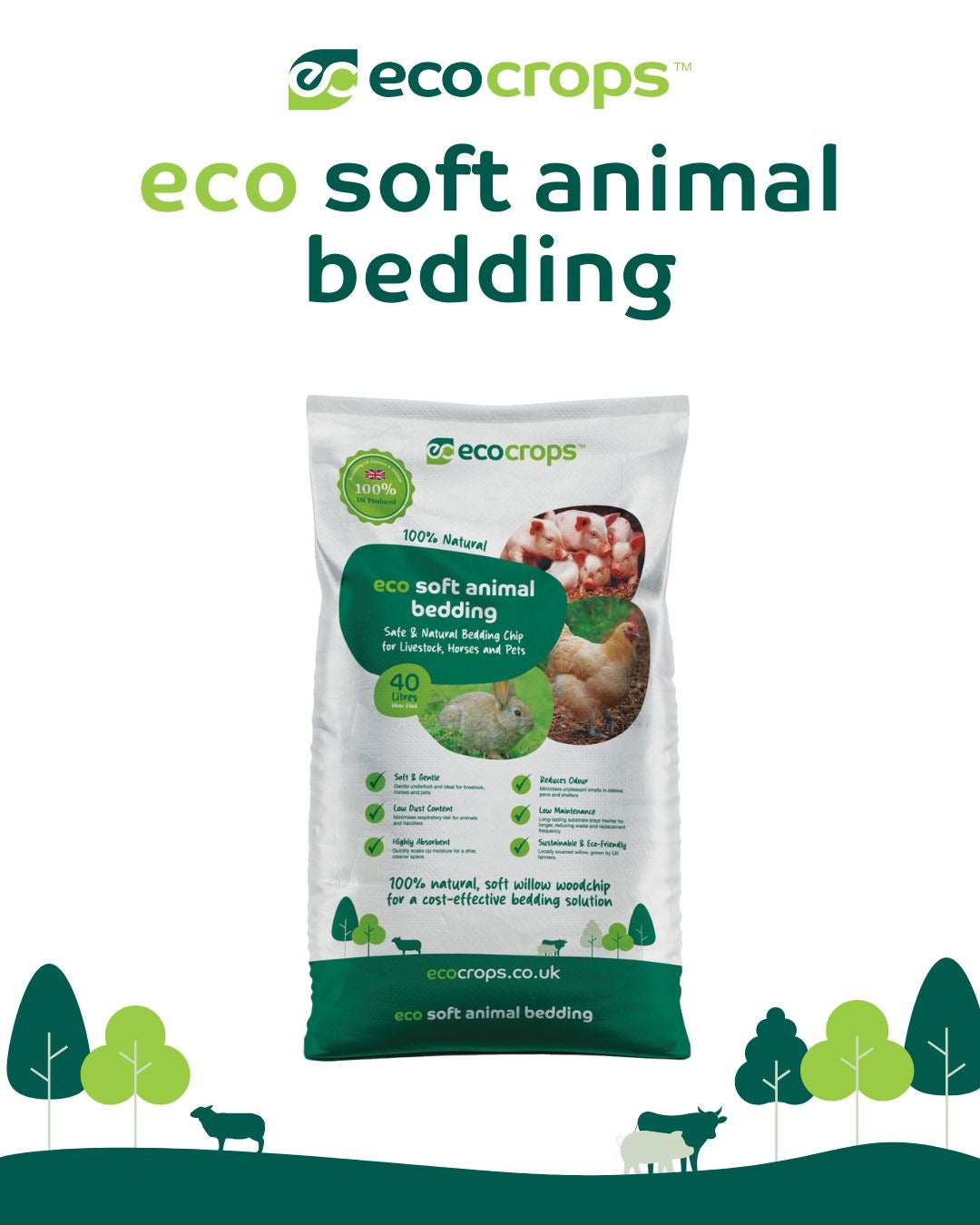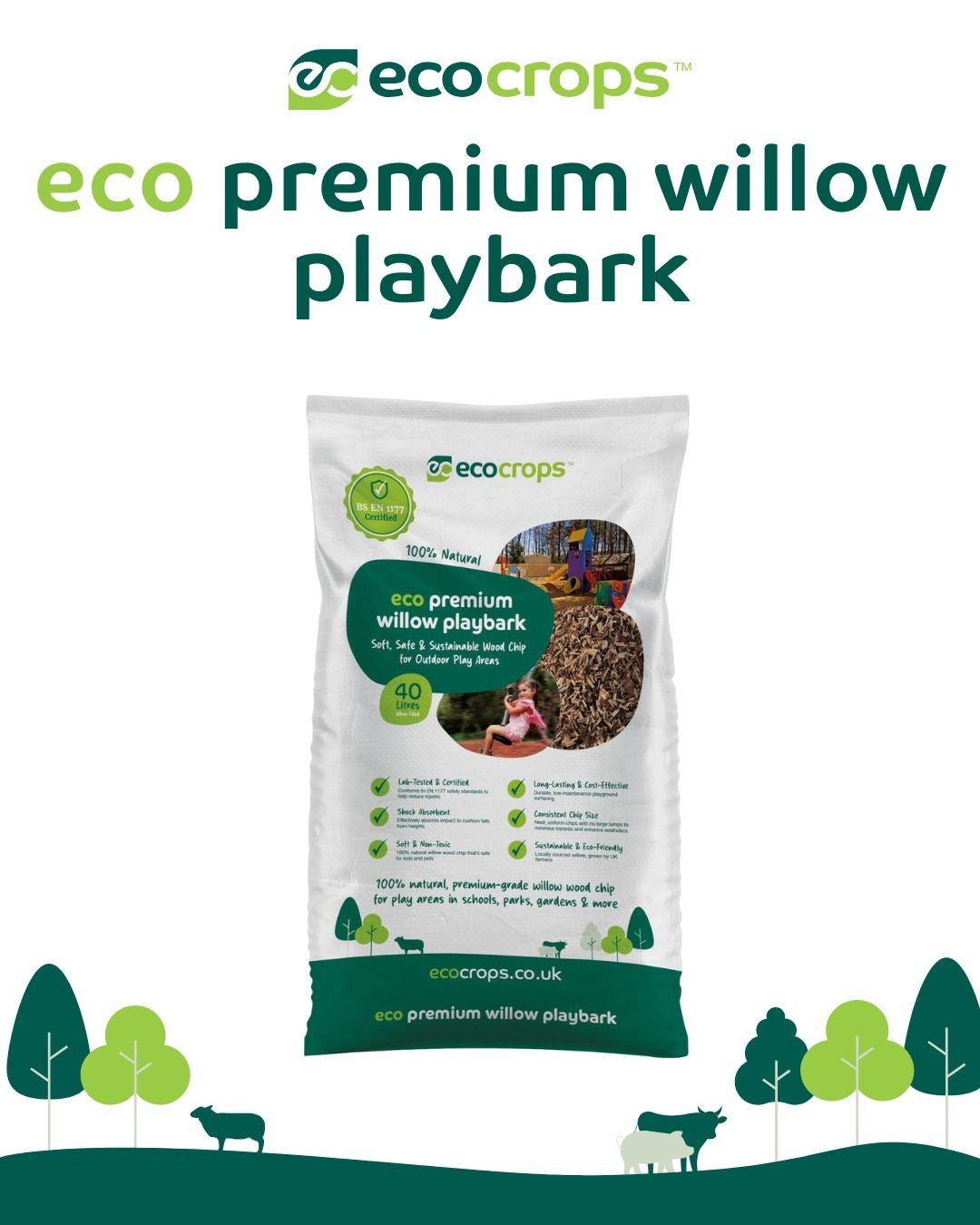The Best Ways to Use Bark and Logs to Create Cosy Habitats for Autumn Wildlife
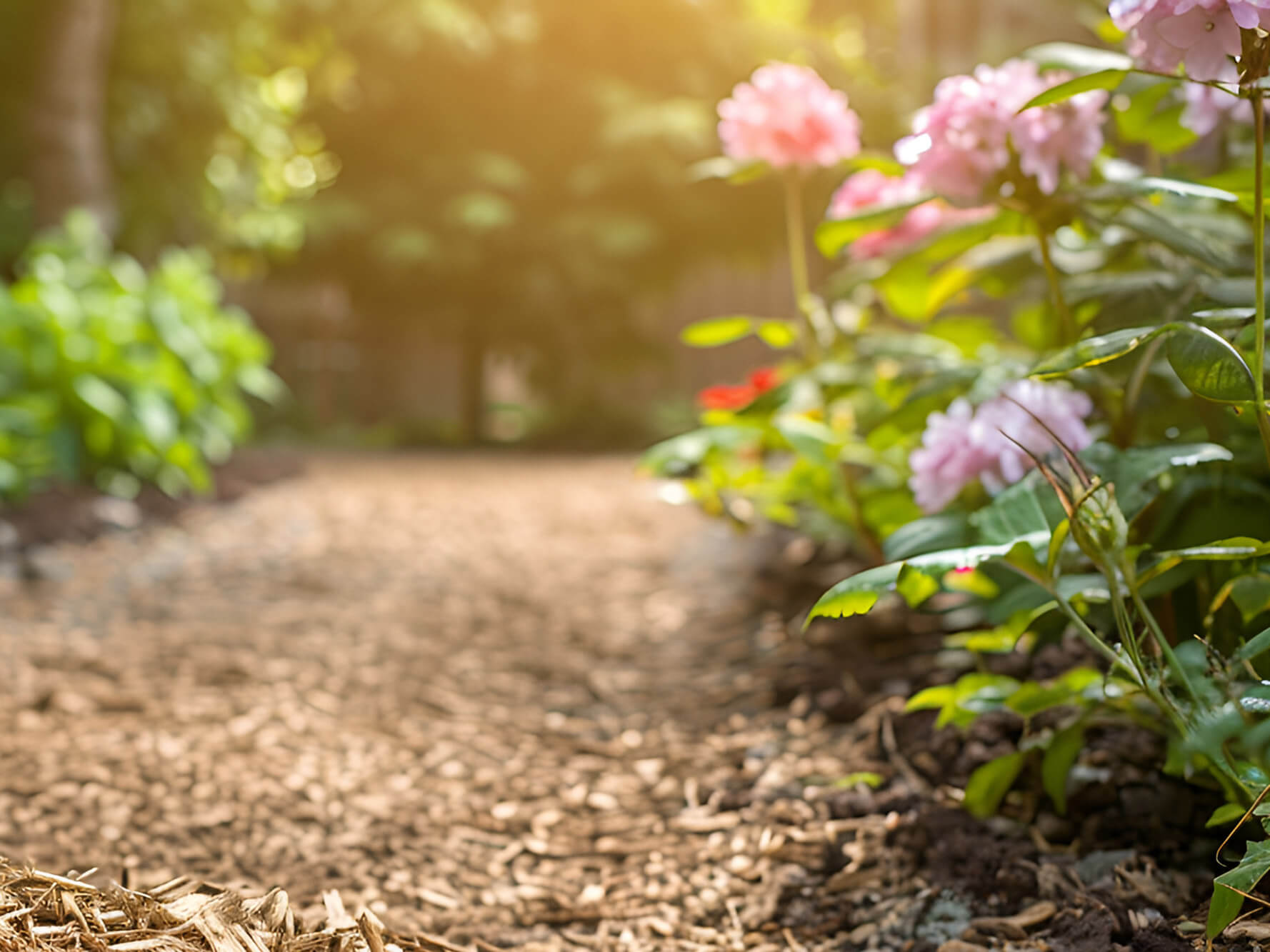
As the colours change and leaves begin to fall, wildlife in our gardens starts seeking warmth, protection, and food. As a trusted provider of high-quality bark and wood chip products, we understand the many bark uses that can benefit your garden and local wildlife in equal measure.
Here, we share practical ways to use bark and logs to build cosy autumn habitats for wildlife, boosting biodiversity while bringing beauty and function to your garden.
Tip 1: Using Bark Piles for Invertebrate Shelters
Pile coarse bark chips loosely in shaded corners. The gaps between the chips create micro-tunnels used by beetles, woodlice, and centipedes seeking shelter. Add leaves and twigs on top for insulation. Over winter, these microhabitats also help sustain garden food chains.
Tip 2: Building Log Stack Homes for Hedgehogs and Reptiles
Arrange logs horizontally in a shaded corner, with one side slightly lifted to form a doorway. Hedgehogs, toads, and slow worms can now take refuge inside. Use logs of mixed thickness and stack them staggered to allow airflow and nesting nooks.
Tip 3: Placing Bark Mulch Around Base of Shrubs
Spread a 5 cm layer of fine bark mulch around shrubs and perennials, but not touching the stems. Bark helps retain moisture, suppress weeds, and create a substrate where worms and insects remain active, offering food for birds and amphibians.
Tip 4: Convert Fallen Logs Into Moss and Fungi Nurseries
Leave sections of fallen logs in semi-sunny positions. They support mosses and fungi, which in turn attract snails, slugs, and small invertebrates. Over time, these become feeding grounds for birds like robins and thrushes.
Tip 5: Add Bark Edgings for Wildlife Corridors
Use bark chips to define informal paths or borders that connect habitats. These corridors let creatures move safely across your garden. Birds, hedgehogs, and small mammals often use these sheltered routes during wetter months.
Practical Tips and Considerations
-
Moisture matters: Keep bark slightly damp (not soggy) so invertebrates can thrive.
-
Avoid chemicals: Use untreated, natural bark and logs only.
-
Layering helps: Combine bark, leaves, and sticks to mimic woodland floor structure.
-
Rotate and refresh: Replace bark in patches to prevent compaction and to renew microzones.
-
Garden balance: Leave open spaces for foraging. Too much ground cover can reduce movement.
FAQs
What is bark useful for?
Bark helps regulate soil moisture, suppress weeds, and enrich soil as it breaks down. It also provides structure and insulation for wildlife habitats.
Why is bark particularly good for wild flora and fauna?
Beyond mulching, bark can create tunnels, insulation, nesting zones, and is a substrate for fungi and invertebrates crucial to garden ecosystems.
Is stacking logs safe for my garden?
Yes. But position logs away from your house and avoid stacking too close to walls. Ensure airflow and avoid pest build-up.
Can I also use logs and bark for larger mammals such as foxes, badgers or even deer?
Absolutely! While logs and bark are ideal for small wildlife species, larger mammals like foxes, badgers, or deer can also benefit from well-placed log piles or dense bark areas, which provide shelter and safe pathways in bigger gardens or rural spaces.
Can you suggest a wildlife charity I can contact for more guidance on woodland and wildlife conservation?
Sure, there are a number of such charities. We particularly like the Woodland Trust, which protects and restores woodland habitats across the UK. Their work underscores the importance of deadwood and bark for biodiversity.
Final Thoughts
Using bark and logs to support autumn wildlife is low effort but high reward. The habitat techniques we have shared here help insects, hedgehogs, fox cubs, and garden birds alike.
Get in Touch
Bark UK Online is a family-run business supplying quality bark, mulch, and wood chip products across the UK. Contact us today to find the right materials for your autumn preparation. And remember: our team is here to offer advice and products that suit your garden’s needs all year round. And the needs of your local wildlife!


